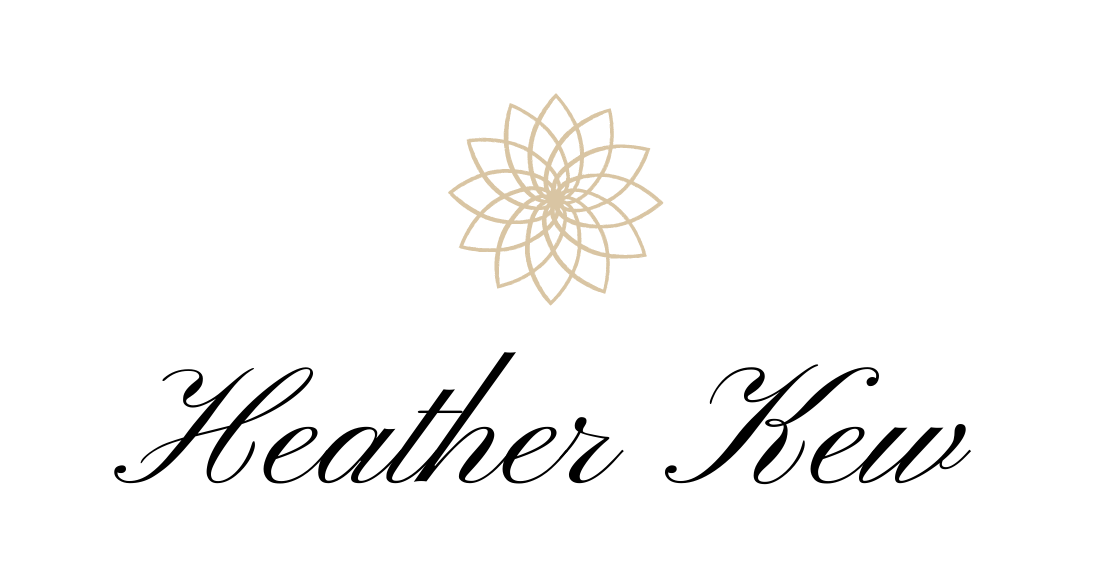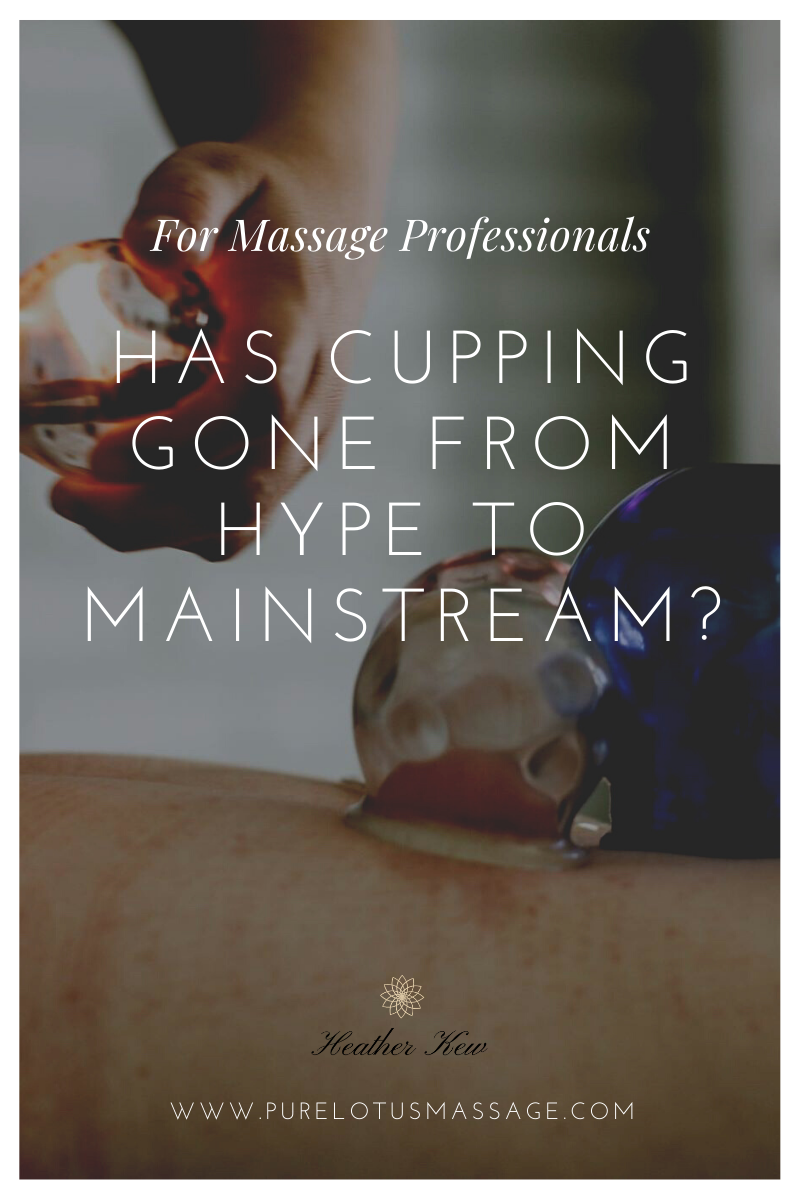
Let’s take a trip down memory lane… 17 years ago I started Massage Therapy School at Grant MacEwan College. At the time, it was considered one of the best Massage Therapy Programs in the Province and still is. My first techniques instructor was Bob. Bob ran a tight class, with high expectations and no room for carelessness. So when Bob taught something, it was for a reason. That reason may have been partly for his own entertainment, as Bob also had a wicked sense of dry humor. (As you can tell, Bob was one of my favorite teachers ever)
17 years ago, Cupping was known by those who had been in the industry for a while, but it was not widely used in practice or popular. Most therapists that used it in Practice were commonly dual practitioners of Massage Therapy and Acupuncture or had had it passed down from them from a family member as a cultural tradition. The options were very limited compared to what they are today – you had glass and if you could find them – really terrible rubber. Being that this was just an introductory to cupping, the college that I attended did not invest in glass cups, but rather supplied baby food jars. Follow me on a little tangent – I DO NOT RECOMMEND BABY FOOD JARS FOR CUPPING!!! They are not designed to handle the negative pressure that a vacuum creates, the glass is extremely thin, and the lip is straight and thin as well. On a proper cupping cup, the glass is domed or circular to even out the negative pressure without any weak spots (such as at a 90 degree angle) the glass is thicker and the lip is thicker and rounder so that the cup doesn’t sink into the skin sharply. That being said – my first experience with cupping was glass fire cupping using baby food jars.
I know that something was amiss when I went to class that day. Bob was happy – he was practically giddy. Bob was not someone as I would have described as Happy. He was stern, he was brilliant and he had a very dry sense of humor – but on this class he was excited and I was suspicious. The class began with a very basic description of what cupping was, and then Bob demonstrated the technique. We then began to practice and Bob really encouraged us to use the cups EVERYWHERE. In long lines, on our chests, our faces, our necks – everywhere. Being that I thought he was up to something and my partner agreed, we decided to keep the cups to our back and legs. We figured whatever Bob was up to, we could try and mitigate the risk by keeping the cups to large body parts that maybe wouldn’t hurt so much later. We were completely on the wrong track.
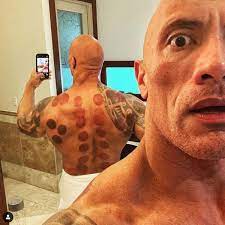
image from Instagram @therock
You see, the part that Bob chose to leave out and lets us learn for ourselves was that cupping leaves marks. Deep, purple angry marks in some cases. And some areas mark more easily than others – such as your face. And that these marks can last up to 2 weeks. You see my techniques class was on Friday afternoon – and what’s funnier than watching a bunch of college students mark themselves up like a bunch of abstract art clowns just before going out to party for the weekend? Nothing. Bob enjoyed every second of watching his students go to town with the cupping and then watching the abject horror on their faces when they realized they were basically covered in hickies.
So you can only imagine what my impression of cupping was after that. The baby food jars were sharp and kinda hurt when they were static but definitely had a bite to them if they were moved. Back then, the context that were we taught cupping through was a traditional Chinese medicine lens. Because I didn’t have enough experience or understanding of TCM, the benefits made absolutely no sense to me and because I was so tense from the cups during the treatment, I could not registered any changes to my body. I was left with the impression that cupping caused pain and marks. With all the different techniques I was learning, cupping was soon forgotten to concentrate on techniques that made more sense to me.
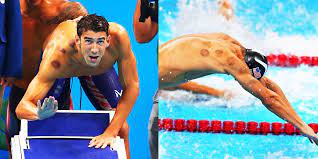
image from elle magazine/elle.com
If it wasn’t for Michael Phelps, I would have never looked at cupping again. 10 years after my initial introduction to cupping, the marks showed back up on American Olympic Swimmer Michael Phelps. It became newsworthy and clients began asking me “do you know what those marks are? What is cupping? Does it hurt? Why would he do that?” It became a common place conversation on my table. And of course, I got curious. I started reading the news articles and following the American Olympic team on social media. I also started to look into cupping a bit more. And IT HAD CHANGED!! Now there were tons of different cups – from polycarbonate plastic cups with valves and pumps, Silicone cups in different shapes and sizes and the traditional glass cups. Then I had a massage where they were used on me – I was sold. I decided to take a course so that I could offer this to my clients as well!
When I took my course, cupping had become all the rage. Clients were requesting it and it was by far one of the most popular courses for massage therapists to take as continuing education. Once I took my course, it made sense why. Between the science, the technique and the equipment – everything made so much more sense and the results were incredible. I was shocked to learn that not only were silicone cups way more comfortable than baby food jars, but you could control the amount of pressure that the cups placed on the body. The techniques were more inline with sports and therapeutic style massage, rather than acupuncture and TCM and clients were better informed of what the treatment looked like because it had become more mainstream. After taking my first course, I thought I would have to do a marketing ramp up to let my clients know that this was a new option for them. That was not the case, I already had clients requesting the treatment before I even had taken the course.
Fast forward through the next 6 years, and I had taken more cupping courses and actually began teaching cupping to therapists across North America. It soon became very apparent that cupping was not just a fad – it was here to stay. This really became apparent to me recently when in a Massage Facebook community a poster asked what modalities most massage therapists had taken and got the most benefit from and it was more than 90% of comments that answered with cupping.
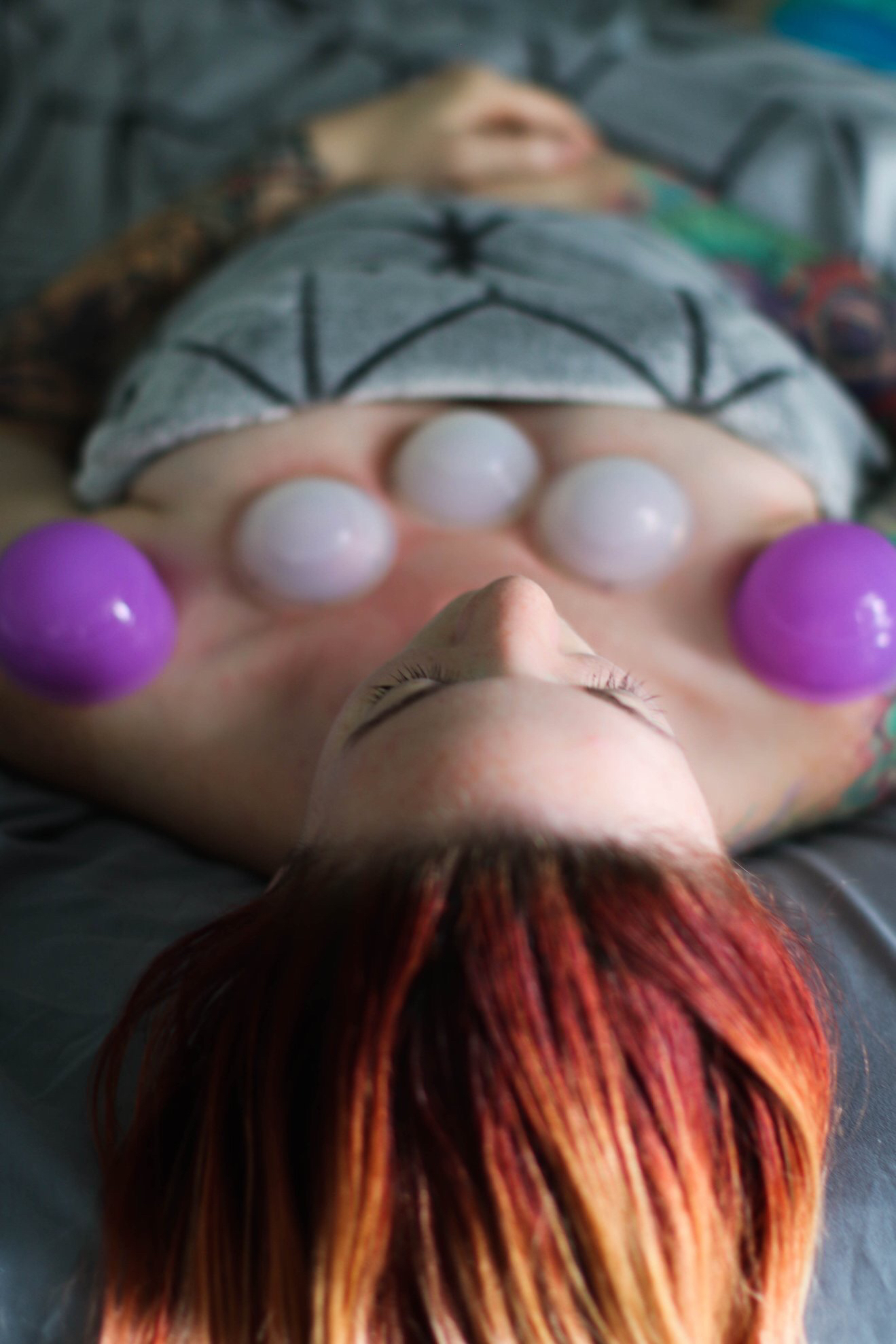
So why has cupping become a staple in the Massage community instead of just a passing fad? I think the most important thing for any Massage Therapists to consider when looking at what to use in their treatment room is results. Will this benefit my client? The science has come a long way in just a few short years. We know that cupping reduces the clients subjective feeling of pain, it increases range of motion in injured clients, it brings local blood flow and oxygenation and it decreased inflammation markers in blood work-ups. Seems pretty clear that the results are beneficial. I know a lot of my clients enjoy the feeling of cupping. They feel a great amount of release in their tension from the pulling of the cups and describe a feeling like “ a weight has been taken off” or “feeling lighter” after the cups have been removed. I’m always pleasantly surprised when clients specifically ask for cupping because they believe it makes a big difference in their outcomes and I tend to agree.
Another important aspect to look at is what the modality does for the practitioner. Cupping checks off many boxes for the therapists benefit. Cupping can be a fairly hands off modality if the practitioner chooses. A lot of therapists will place the cups on one area of the body and leave them static while working on another area of the body. This helps either address the issue being treated completely or decreased a lot of the hard work getting the muscles to decrease in hypertonicity before beginning the more specific work. Cupping also seems to speed up the process. Many treatments that would take a full hour to address can be addressed in under 30 minutes with better results. Cupping can also be combined with many other modalities as well including kinetic/rehabilitative movement, orthopaedic/therapeutic treatment, fascial decompression, scar tissue work, esthetic massage for skin smoothing and cellulite and preliminary finding suggest that it may even work with lymphatic drainage. Another added bonus is that it takes a lot of wear and tear off of your joints. Often with the cups, whether its scar tissue work, massaging with them or even static work, you have your wrist in a neutral position and you are lifting with the cup instead of compressing. Having one modality that can decrease the amount of compression that we place on our hands and wrists is a great breather for these heavily hit joints. Cupping also allows you to get that deep tissue feeling and result without having to use your body mechanics to get weight behind your technique – the cup does all the work. Adding cupping to any massage practice makes a lot of sense for the therapists because it decreases the not only the effort that the therapists has to expend but also the wear and tear on their body – potentially extending their career.
Last, but certainly not least, is the cost of this modality makes it so accessible to everyone. Cupping is not a very expensive modality to get into. I mean, if you’re like me and are easily distracted by cups in every color of the rainbow or shaped like pineapples, then yeah it can get expensive – but generally speaking – its really very affordable. You’re average cost of a basic set of silicone cups is around $25-$35, and you can do a lot with a starter set. You can also add on to your collection as you go and can afford it – like most therapists have. Many modalities can cost a couple of hundred to thousands of dollars to get started. For therapists that are trying to build their practice or are just getting out of school – that can make a lot of these modalities out of reach. Cupping is accessible to everyone – even students still in school. This is why its one of the first courses I recommend for new grads. The life of a cup is quiet long as well – I have yet to through out a silicone cup – and get at least a few years out of my polycarbonate cups. What offering cupping in your practice does do is offer you an opportunity to charge more for your services, but also increase your re-booking rates and retention. (Not to mention it looks super cool in your social media – which helps attract new clients).
Its pretty obvious that I am highly bias toward cupping. Not only do I love having it as part of my practice but I love having it done on me as well. The journey was a bit long to come around to it, but I regret not using it sooner! Happy Cupping!!
Disclaimer:
The opinion contained within this article are my own.
The are not associated with, a reflection of or shared by Michael Phelps, Dwayne "The Rock" Johnson, Elle Magazine or Instagram. They all have opinions of their own and don't need mine.
